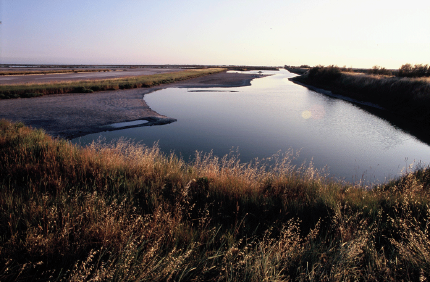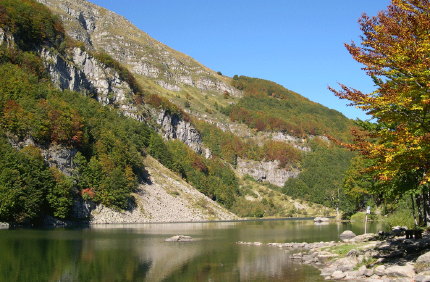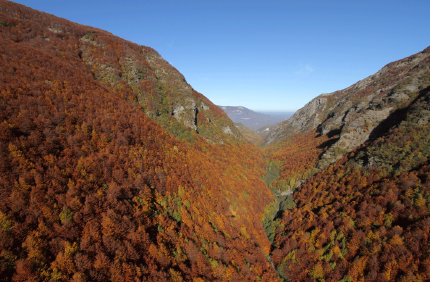Emilia-Romagna Region meeting with Protected Area managers.
February 28th - Emilia Romagna Region celebrates a meeting with selected Protected Areas where CEETO project will be implemented, to plan activities to be undertaken.
On February 28th, as part of the development of the diagnosis phase and the imminent start of the testing phase of CEETO project, a meeting was held between the Emilia-Romagna region - Service for Protected Areas, Forests and Mountain Development (Lead Partner of the project) and the representatives of the three parks in which the pilot actions of the project will be carried out:
- Regional Park of the Po Delta;
- Regional Park of the Modenese High Apennines;
- Tosco Emiliano Appennine National Park.
Present at the meeting were also the head of the Tourism Department of the Emilia Romagna Region and an external expert from Federparchi, one of the eleven partner institutions in CEETO project. During the meeting, the objectives of the project, the planned activities, the schedule for its implementation, the Protected Areas involvement as well as the budgets available for each of them during the various phases of the project were presented to the management bodies. Furthermore, a deeper discussion took place on the merits of the project, the diagnosis phase and, in particular, the questionnaires that the Protected Area managers and a significant sample of the external stakeholders present in the territory will have to fill.

Regional Park Po Delta
Following, a detailed review was done on the critical issues of the individual protected areas and the objectives that the managing bodies have to meet in order to develop more sustainable tourism practices in their protected areas. These objectives are in line with the two main goals of CEETO project: the natural environment and assets conservation on one hand, and the socio-economic development of local communities on the other. A detailed presentation of the themes concerning the specific areas on which the pilot actions will be implemented was done, together with critical points regarding anthropic pressure. To end with, the draft of the recognition of the good practices of monitoring and sustainable management of environmental resources was presented and discussed.

Regional Park of the Modenese High Apennines
The Modenese High Apennines and the Tosco Emiliano Apennine Parks share similar issues and requirements and they will focus on the areas of maximum tourism affluence and in raising awareness on environmental impacts that tourist can cause. Some of these hotspots are high mountain lakes, like the Pratignano Lake, which is specially fragile due to the presence of endemic plant and animal species, or the famous Pietra di Bismantova rocky cliff. The latter, is a destination of international interest that receives high visitor numbers that carry out a wide variety of activities like hiking, naturalistic tours, sports, religious activities, historical visits, etc.. In these pilot areas, two inside the Regional Park of the Modenese High Apennines and two inside the Tuscan-Emilian Apennine National Park, the impacts are well known and so they are the objectives to be pursued through the implementation of the CEETO project. Overall, the priority is to reduce the tourism pressures concentrated in time and space by reducing the flow of cars and improve the level of knowledge and awareness among tourists in order to promote a more respectful behaviour towards the environment inside Natura 2000 sites.

Tosco Emiliano Appennine National Park
On the other hand, in the Po Delta Regional Park there is the need to take a step back and identify, categorise and quantify the problems related to tourism pressures. The impacts associated to these problems, together with the effects of climate change, could affect some biodiversity hotspot areas during the periods of the year when the impact associated to tourism is greater, like spring season between nesting and weaning of the avifauna. On the other hand, some areas inside the Park have a potential attraction for tourists but, for various reasons, are not adequately exploited. In this case, the project will concentrate on the study of historical data of tourist flows in order to create a comprehensive picture of the actual situation of the whole area. This base line data will be used to implement actions to reduce the seasonal flows and distribute the tourist visits more evenly across the area.
